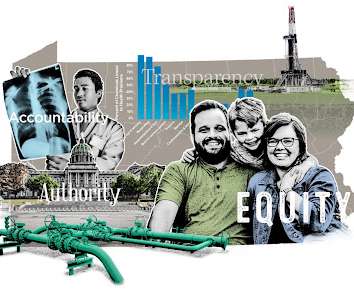Sabin Center Files Amicus Brief in Support of New GHG Vehicle Emissions Standards
Law Columbia
MARCH 13, 2023
Following the 2007 landmark Supreme Court case Massachusetts v. EPA , the United States Environmental Protection Agency (EPA) has regulated greenhouse gas (GHG) emissions from motor vehicles under the Clean Air Act. These emissions standards were significantly loosened in the last year of the Trump Administration.













Let's personalize your content